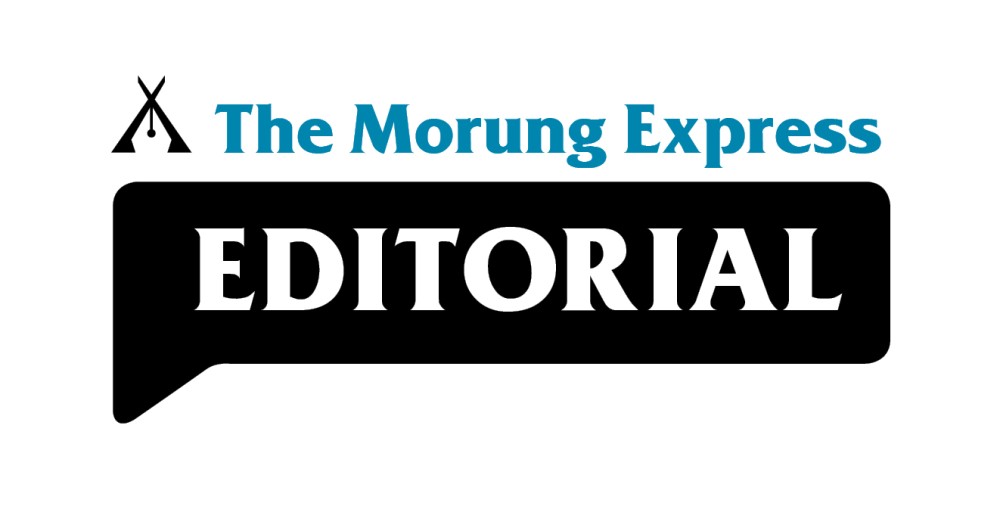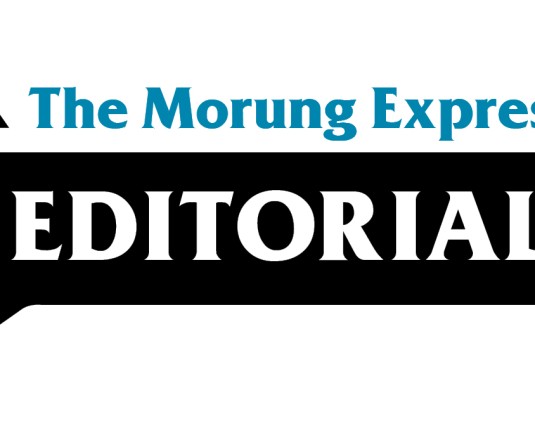
By Akangjungla
Substance abuse has become a growing crisis in Nagaland, destroying lives, families and communities. From alcohol and tobacco to more dangerous drugs like heroin and synthetic opioids, addiction is spreading across age groups, affecting even school-going children. Despite efforts by the government, churches and civil society, the problem persists, demanding a more comprehensive and compassionate approach.
In the late 1970s and early 1980s, drug abuse among Naga youth reached alarming levels, with heroin addiction becoming rampant by the 1990s. The crisis led to widespread school dropouts, unemployment and other social ills, leaving many devastated. During this period, the Naga Mothers’ Association (NMA) spearheaded the fight against drug trafficking. At the time, heroine flowed freely into Nagaland from the Golden Triangle, infiltrating even the heart of Kohima. It became a common goal for mothers from all localities and villages in and around Kohima to fight against the use and sale of drugs in their respective areas. Their relentless efforts led to the establishment of rehabilitation centers and collaborations with law enforcement to apprehend traffickers.
Yet, despite these hard-fought battles, history now threatens to repeat itself. Nearly three decades later, a new wave of drug abuse looms over Naga families. Today, the growing threat of drug abuse and pharmaceutical trafficking has forced the Nagaland government to restrict the sale, distribution and stocking of certain listed drugs, under strict regulations.
According to the Nagaland State AIDS Control Society, injecting drug use is a major driver of HIV in the State. The Social Welfare Department reports rising cases of youth addiction, with rehabilitation centers struggling to keep up with demand. Yet, stigma and lack of awareness prevent many from seeking help. The Nagaland Substance Abuse Prevention and Treatment Policy (2022) is a step forward, but implementation remains slow.
To combat the menace of drug abuse in Nagaland, it would require multi-faceted actions. There is an urgent need to intensify the law enforcement, with stricter border controls to curb trafficking and corruption-free policing. Rehabilitation services need expansion, well-equipped centers with medical and psychological support, including harm-reduction programmes. Prevention is critical. School-based education should teach youth about addiction risks, while community campaigns led by NGOs, churches, and groups like the Naga Mothers’ Association can reduce stigma and encourage early intervention. Vocational training and job programmes can steer at-risk youth away from drugs. Policy reforms are even more crucial. Increased funding for mental health, rehab and enforcement is essential, alongside stricter implementation of Nagaland’s Substance Abuse Policy (2022).
Taking into context the Naga society, community involvement is key. Churches and local leaders must promote awareness, support recovery and reintegrate addicts into society. The Church, which plays a pivotal role in Naga society, must actively support rehabilitation.
Substance abuse is not just a legal issue- it is a public health emergency. Nagaland must confront it with urgency, compassion and collective action before an entire generation is lost to addiction.
Comments can be sent to akangjungla@gmail.com





